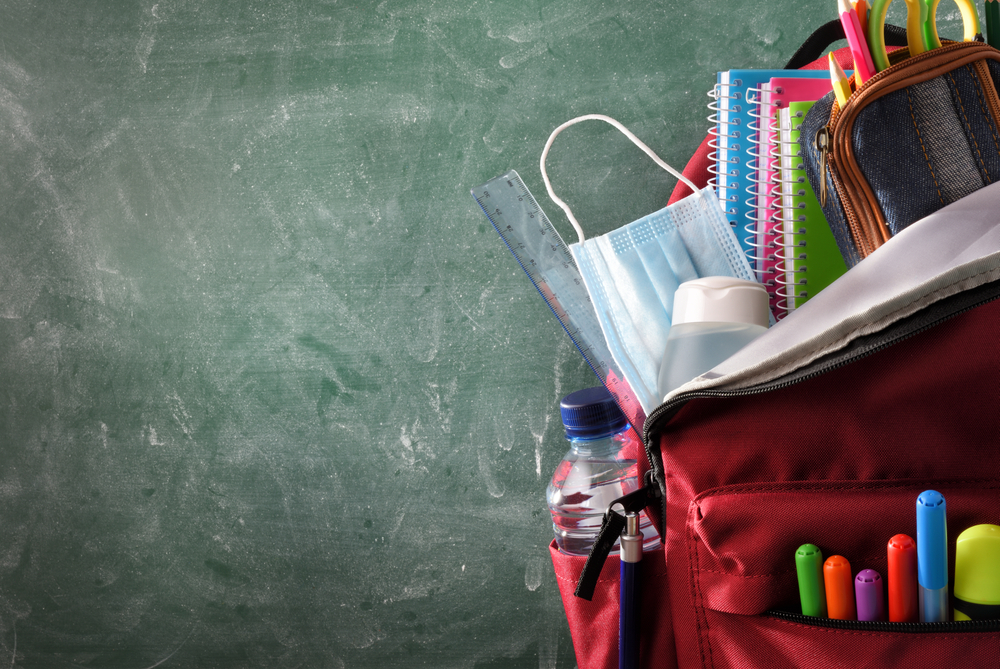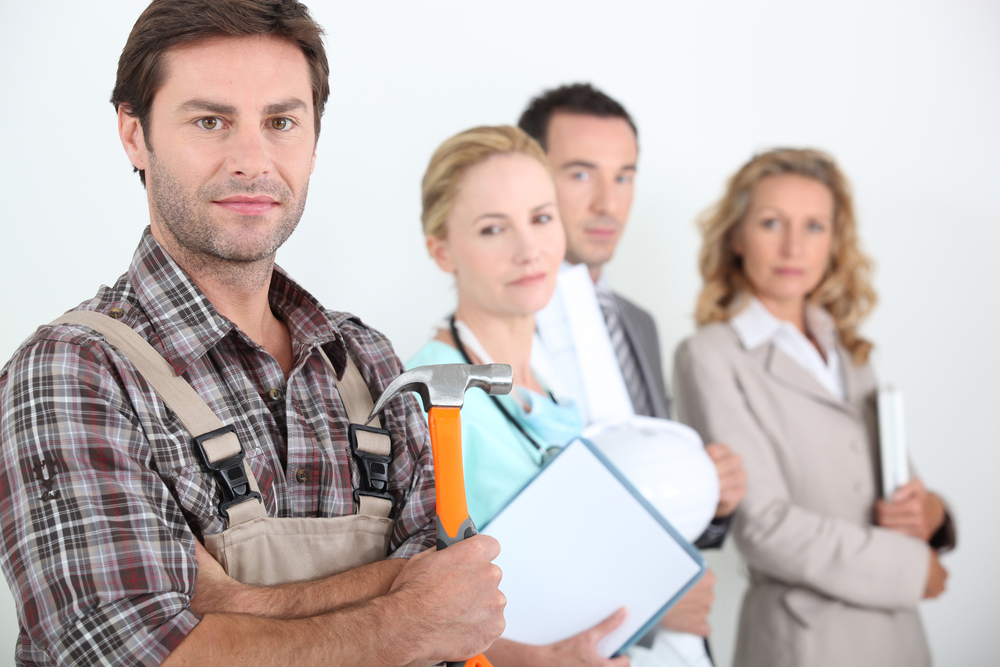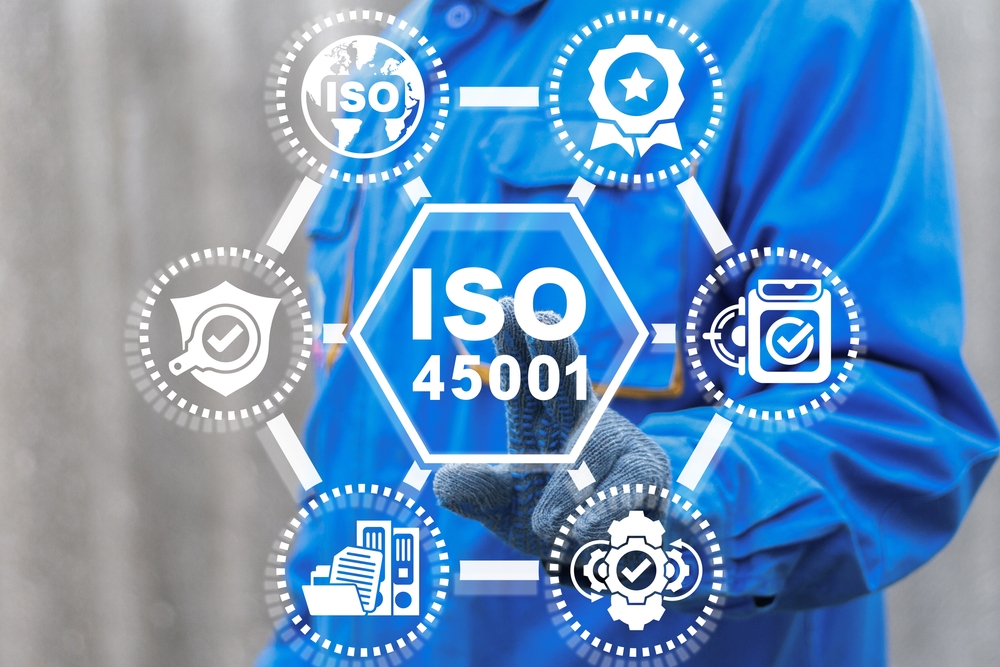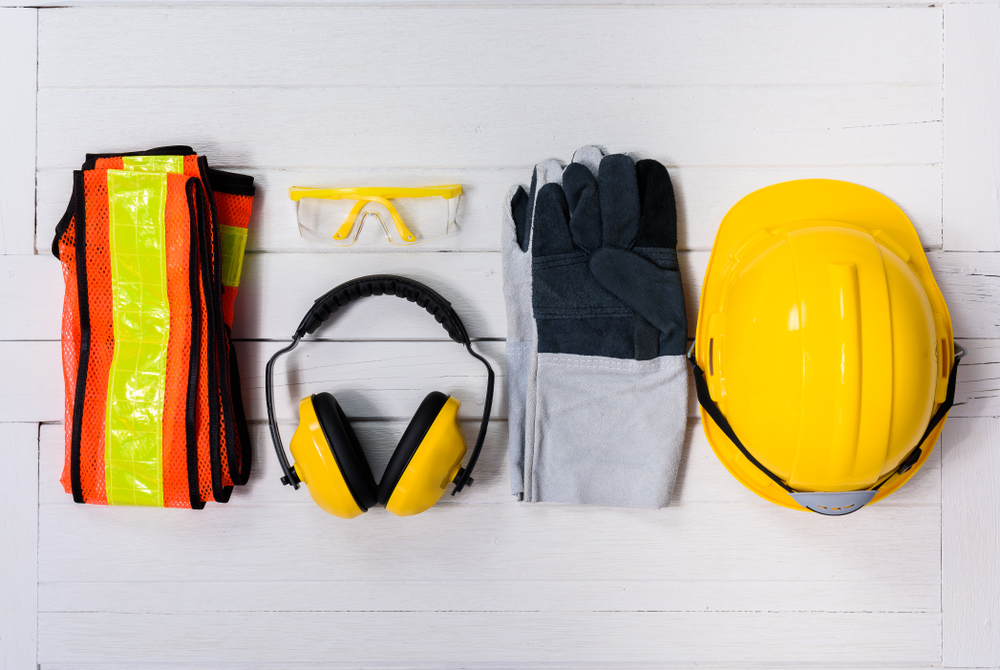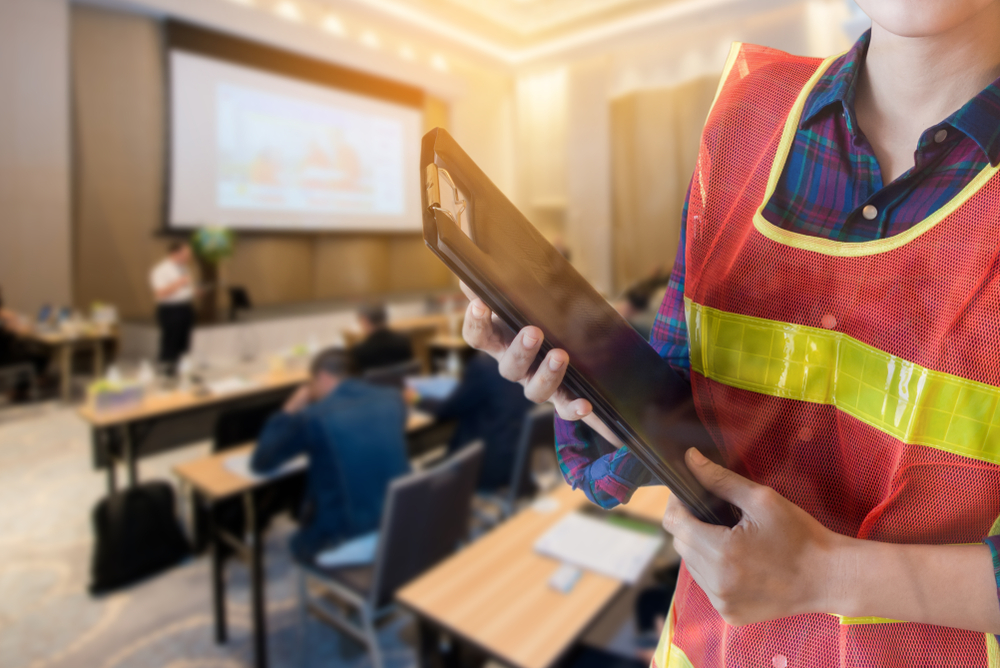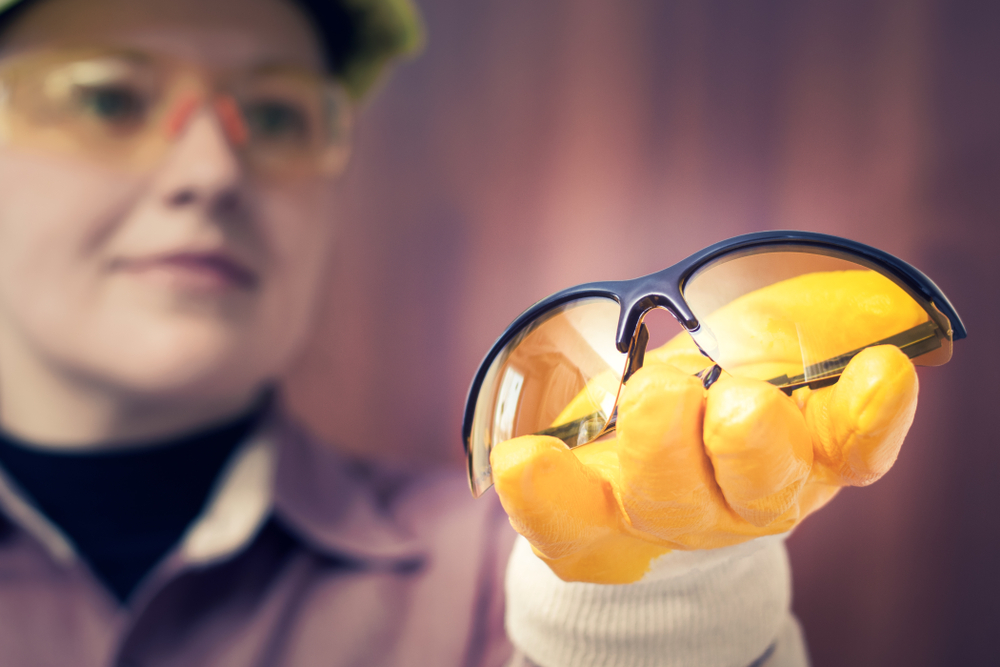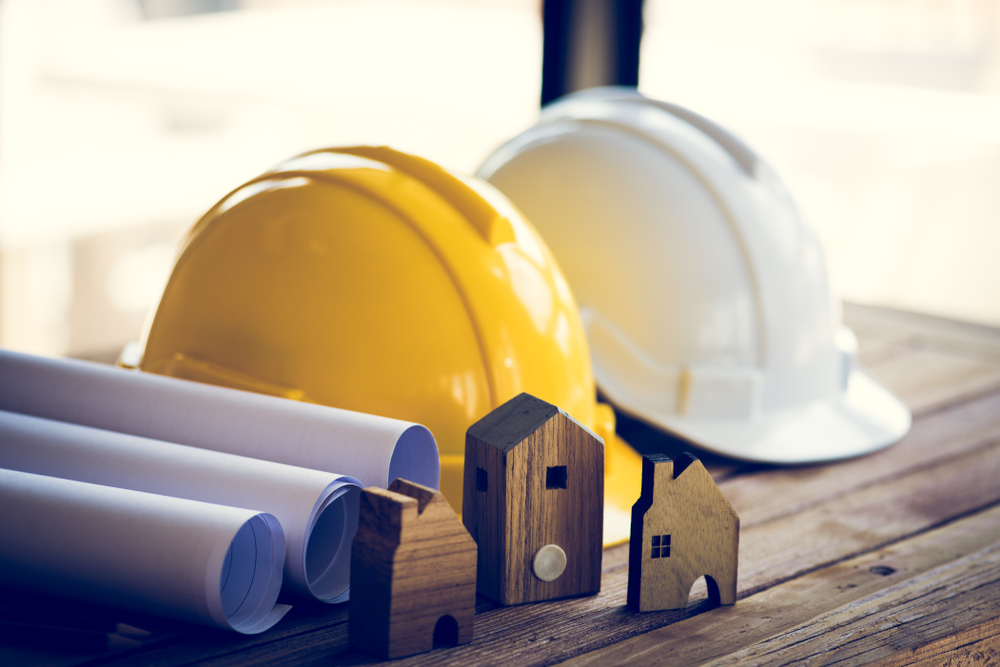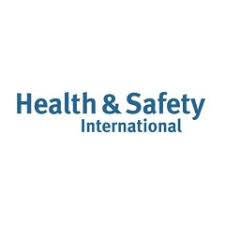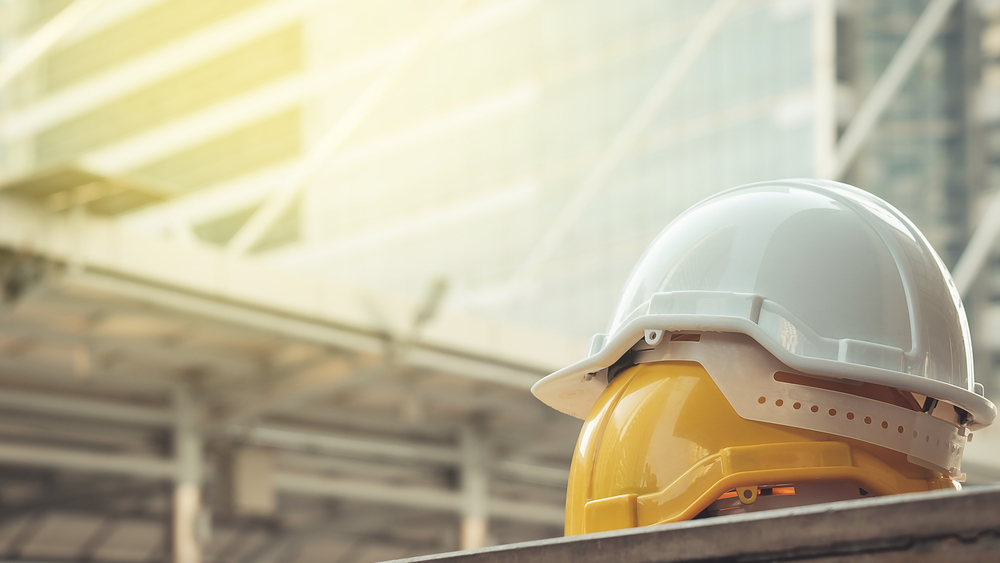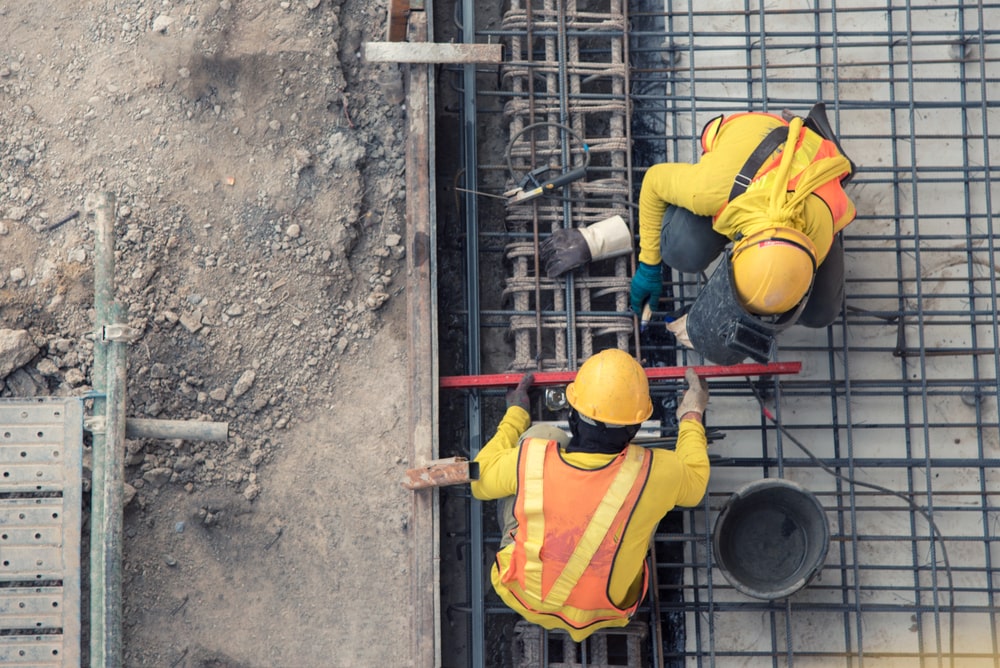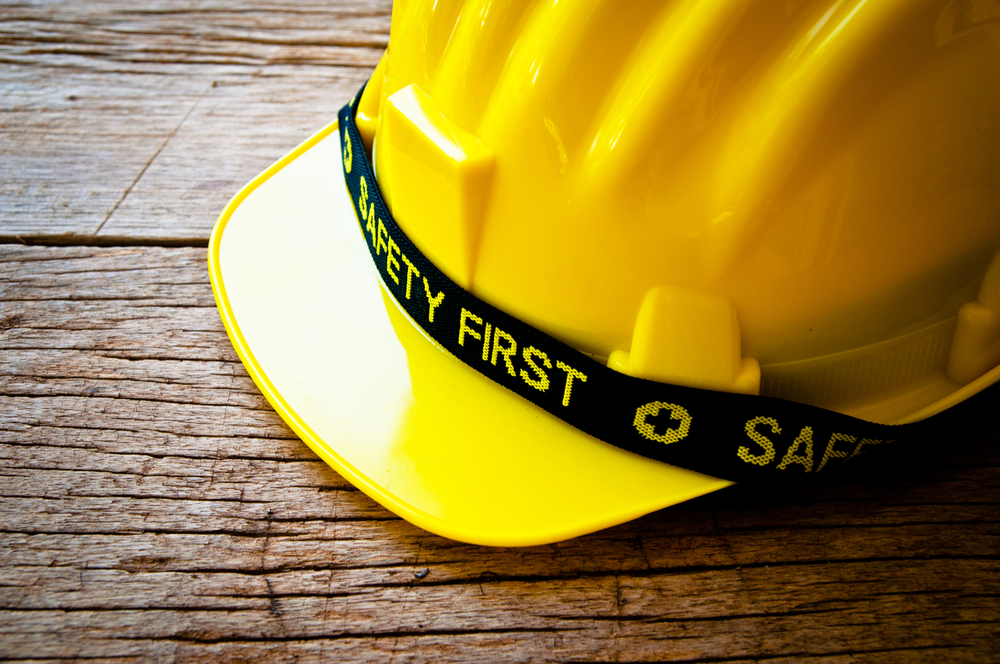News Post
Hospitality Covid Guidance: Everything You Need to Know
The UK’s hospitality sector has been hit severely by the COVID-19 pandemic, having lost a mammoth £80.6bn of sales from the start of April 2020 to the end of March 2021, as the UKHospitality Quarterly Tracker with research firm CGA reveals – equating to a year-on-year drop of 64%.
Many venues have been barred from trading at all for months at a time, while restaurants, pubs, and bars have long been limited to providing delivery and takeaway services.
However, in lifting a number of lockdown rules, the UK Government has left behind a string of COVID-19 workplace guidance for hospitality businesses to follow to keep staff and customers safe.
Hospitality COVID Guidance In A Nutshell
Attempts to keep track of Government guidance can be fraught with confusion – especially as specific COVID-secure measures recommended by the state can change as lockdown restrictions are tightened or loosened. However, the current guidance calls for hospitality firms to:
- Complete a COVID-19 risk assessment.
- Provide adequate ventilation.
- Clean the workplace more often.
- Keep people with COVID-19 symptoms away from the hospitality premises.
- Give people the means of “checking in” at the venue.
- Keep workers updated on the latest safety measures.
However, you also need to know the specifics of how to use COVID-secure workplace guidance to protect the health of guests, employees and, of course, yourself.
Who This Guidance is For
It’s crucial that you carefully check you are heeding the relevant guidance for your particular subset of the industry. The Government has published specific guidance for restaurants and other outlets where food and drink are sold – such as:
- Pubs
- Bars
- Cafes
- Nightclubs
Meanwhile, if you run a hotel or other form of guest accommodation, you should look at the separate rundown of COVID employer guidance pertaining to those. Then there is the tailored guidance for people working in settings related to events and visitor attractions.
All three of these Government-published guides are specific to England – with Scotland, Wales and Northern Ireland all providing their own COVID-19 guidance for hospitality workers.
How to Use This Guidance
You should be careful how you apply this COVID-secure guidance to your particular workplace, as not all hospitality businesses are advised to follow quite the same protective measures. The relevant safety measures for your own business will depend on various factors, including:
- The nature of the business.
- The size and type of your business.
- How this company is organised, operated, managed, and regulated.
Once you have implemented the relevant measures, you must continually monitor them to make sure they remain effective. You are also legally required to undertake a suitable risk assessment – a task with which our health and safety consultants would be able to help you.
How To Approach The Risk Assessment
The risks posed by COVID-19 have, since the pandemic’s outbreak, joined the long list of other health and safety risks from which the law requires employers to protect their workers and others.
Hence, many preventative measures you already follow to shield your employees from other, longer-established workplace hazards can now go towards shielding them from COVID risks, too.
We have put together a hospitality COVID-19 risk assessment template you can use to adapt these measures for the COVID threat. Once you have emailed philip@smseurope.co.uk for an editable Word copy of this template, we can work closely with you to help you complete it appropriately.
Tackling Problem Areas When It Comes To Ventilation
In allowing fresh or cleaned air into any indoor hospitality spaces you operate, you can dilute the concentration of COVID-19 particles. Fortunately, there are various tried-and-tested ways to improve the ventilation of an indoor space, including:
- Fully or partially opening windows, air vents and doors.
- Configuring any on-site mechanical ventilation system to maximise fresh air and minimise air circulation.
- Identifying any poorly ventilated spaces and working on improving the fresh air flow there.
The Health and Safety Executive advises how to identify poorly-ventilated areas, a task you could find easier with the use of carbon dioxide (CO2) monitors.
How to Reduce Risky Social Contact Between Workers
While the UK Government might have recently axed social distancing rules for England, COVID-19 can still spread through social contact. Hence, you should continue to impose a number of COVID-19 containment measures in your hospitality workplace – including:
- Using ‘fixed teams or partnering’ so that each member of your team only works with a select few people.
- Separating people from each other by using screens or barriers or insisting on a back-to-back or side-to-side working routine, rather than being face-to-face.
Such measures are vital even if all of your employees have received a recent negative test result, had the vaccine – either one or both doses – or acquired immunity through natural infection.
In regularly testing your workers on-site, you could also pick up on positive COVID-19 cases that could too easily slip past the radar. Here is how to get COVID-19 tests for your workers.
How To Lower The Risk To Customers
You should communicate clearly to potential customers that any of them who have symptoms or are self-isolating must not attend your facility. The NHS website has advice – which you could impart to customers – about what someone should do if they suspect they have COVID-19.
You could also display an NHS QR code outside your venue so that customers who do visit it would be able to “check-in” using the NHS COVID-19 app. If you do display this code, you should also allow customers to provide you with their names and contact details in case they would prefer to do this.
Workplace Cleaning Guidance
Regular cleaning is a given when it comes to banishing COVID-19 from your hospitality premises, but exactly how you should clean them will depend on the nature of these spaces.
For example, in kitchens, workers should always wash their hands before handling plates and cutlery, and place used towels and staff overalls in bins.
Hotels and other accommodation providers should routinely clean keys before handing them to new guests. If your venue regularly hosts large events or conferences, then audience areas – including seating areas – should be in line for frequent cleaning.
In any case, your cleaners should regularly use their usual cleaning products and pay particular attention to often-touched areas, like door handles and handrails.
Though numerous COVID restrictions covering the hospitality sector – like capacity limits and the “table service only” rule – were lifted on 19th July, you could strengthen your customers’ peace of mind by continuing to adhere to them.
Our Yorkshire-based health and safety consultants are ready to help businesses in areas like York, Leeds, Sheffield and Wakefield protect staff and customers – and it’s easy to reach out to us for more information.
Latest News
Health and Safety in Schools Checklist
Health and safety should be a top priority in any workplace, but especially in schools. Not only are you responsible for your staff’s safety, but you need to maintain the welfare of your pupils too. To do so, you must uphold your legal complian..
It can be difficult to decide your future path - a lot can ride on it, after all - but a career in health and safety could be the right choice for you. There are several types of careers in the health and safety industry that might be a good fit..
What is ISO 45001?
If you’re wondering what ISO 45001 is, then this is the guide for you. Replacing the old OHSAS 18001 standard, ISO 45001 is the new international standard for occupational health and safety management. In this guide, we'l..
Who Enforces Health and Safety?
The enforcement of health and safety is crucial to maintain healthy workplaces. The term health and safety itself covers the safety legislation and safety law that comes under the Health and Safety at Work Act 1974. In general, this means t..
Health and safety training is a requirement in the workplace, no matter which sector you work in. Our experts at SMS Europe have been providing an extensive range of specialist health and safety services for almost 20 years. To help make work en..
Health and safety in the workplace is all about controlling risks in a way that protects both your employees and your company. Strong leadership, including your employees, managers, suppliers, contractors, and consumers, is a characteristic of great ..
Health and safety in the workplace is immeasurably important. But, without the Health and Safety at Work Act of 1974, we might have never prized safety so highly. This piece of workplace legislation is highly significant and indeed has transform..
Fire Safety and Fire Risk Assessment at Leased Offices and Buildings Fire safety at leased single and multi- tenanted offices can be approached in a number of ways. Generally speaking, there are three types of premises, (single occupancy lea..
Safety Gloves
Please have a read at SMSE Managing Director Philip Marsden's article on Safety Gloves which is published in the February 2022 edition of Health and Safety International Magazine. https://www.hsimagazine.com/article/fits-like-a-glove/ We wo..
Current Health and Safety Industry Trends
New Guidance Released for Managing Home Workers As an employer, you have the same health and safety responsibilities for those who work from home as you do for all other employees who may work from the workplace. In most cases, the dange..
Who Is Responsible for the Health and Safety on a Building Site? Legally, the responsibility of health and safety within the business lies with the employer. It is up to them to make sure the environment meets the necessary health and safety requi..
No one wants to be injured whilst at work, and no one wants their staff to be injured, especially whilst on the job. That doesn’t mean that accidents don’t happen. In fact, each year an average of 22 manufacturing workers die in workplace..

